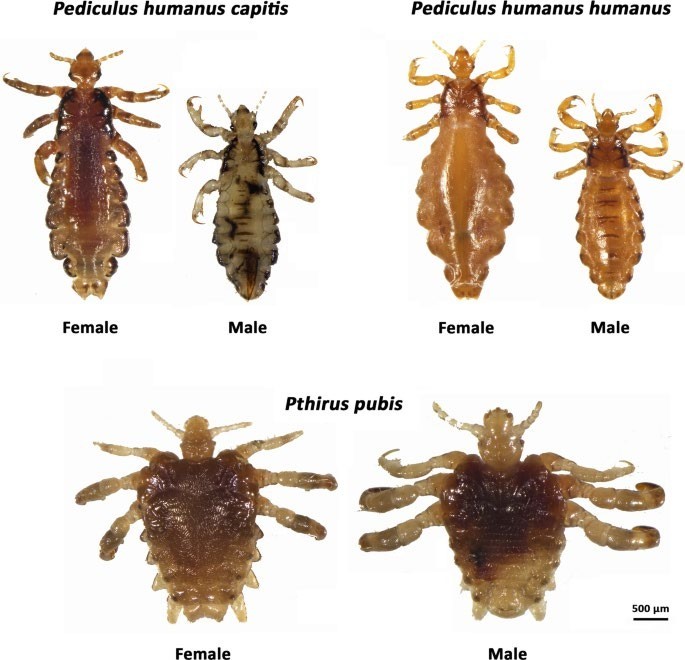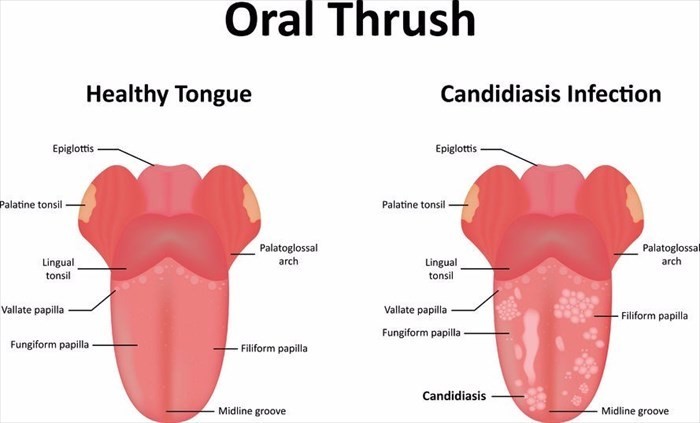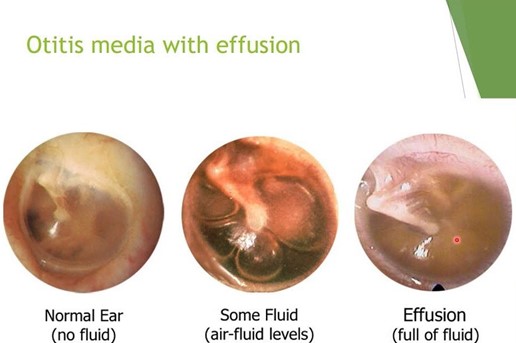A school nurse identifies that a child has pediculosis capitis and educates the child's parents about the condition. Which of the following statements by the parents indicates an understanding of the teaching?
"All recently used clothing, bedding, and towels must be washed in hot water."
"Nits will always be present."
"I will treat all the family members to be on the safe side."
"Toys that can't be dry cleaned or washed must be thrown out."
The Correct Answer is A
Choice A: This statement indicates an understanding of the teaching, as washing all recently used clothing, bedding, and towels in hot water can help eliminate lice and nits (eggs). Lice and nits can survive on fabrics for up to two days and can spread from one person to another through direct or indirect contact. Washing items in hot water can kill lice and nits by exposing them to high temperatures.
Choice B: This statement indicates a lack of understanding of the teaching, as nits will not always be present after treatment. Nits are tiny white or yellow oval-shaped eggs that are attached to the hair shaft near the scalp. Nits can hatch into nymphs (young lice) within seven to ten days and mature into adult lice within nine to twelve days. Nits can be removed by using a fine-toothed comb or by applying products that loosen their grip on the hair.
Choice C: This statement indicates a lack of understanding of the teaching, as treating all family members may not be necessary or effective. Treating all family members can expose them to unnecessary chemicals or medications that may have side effects or cause resistance. Treating all family members may also not prevent reinfestation if there are other sources of exposure such as school or daycare. Only family members who have evidence of lice or nits should be treated.
Choice D: This statement indicates a lack of understanding of the teaching, as throwing out toys that can't be dry cleaned or washed may not be required or practical. Throwing out toys can cause emotional distress or financial burden for the child or the parents. Throwing out toys may also not prevent reinfestation if there are other sources of exposure such as clothing or bedding. Toys that can't be dry cleaned or washed can be sealed in plastic bags for two weeks to suffocate the lice and nits.

Nursing Test Bank
Naxlex Comprehensive Predictor Exams
Related Questions
Correct Answer is B
Explanation
Choice A: Skin cancer is a malignant growth of the skin cells, which can be caused by exposure to ultraviolet radiation, genetic mutations, or immunosuppression. Skin cancer does not affect the mouth and does not cause a white, milky plaque. Skin cancer may cause changes in the color, shape, size, or texture of a mole or a skin lesion.
Choice B: Candidiasis or thrush is a fungal infection of the mouth, which can be caused by overgrowth of Candida albicans, a type of yeast that normally lives in the body. Candidiasis or thrush can occur in people who have a weakened immune system, such as those who have a systemic disorder, take antibiotics, immunosuppressants, or corticosteroids, or have a smoking history. Candidiasis or thrush can cause soreness in the mouth and difficulty eating. Candidiasis or thrush can also cause a white, milky plaque that does not come off with rubbing.
Choice C: Squamous cell carcinoma is a type of skin cancer that affects the squamous cells, which are flat cells that form the outer layer of the skin. Squamous cell carcinoma can occur in areas that are exposed to sun damage, such as the face, ears, lips, or neck. Squamous cell carcinoma does not affect the mouth and does not cause a white, milky plaque. Squamous cell carcinoma may cause a red, scaly, crusty, or bleeding bump or patch on the skin.
Choice D: Herpes simplex is a viral infection that affects the skin and mucous membranes, such as the mouth, lips, genitals, or eyes. Herpes simplex is transmitted by direct contact with an infected person or object. Herpes simplex does not cause a white, milky plaque. Herpes simplex may cause painful blisters or ulcers that burst and form scabs.

Correct Answer is C
Explanation
Choice A: A popping sensation when swallowing is not a sign of a tympanic membrane rupture, as it is a normal phenomenon that occurs when the eustachian tube opens and closes to equalize the pressure between the middle ear and the atmosphere. A popping sensation when swallowing may be associated with otitis media with effusion, which is a condition that causes fluid accumulation behind the eardrum, but it does not indicate a rupture.
Choice B: Green-blue discharge could be indicative of infection but is not as directly related to the rupture event as the sudden pain relief is.
Choice C: The correct answer is sudden relief of pain. This is because the rupture of the tympanic membrane releases the pressure and fluid that has built up in the middle ear, leading to an immediate decrease in pain.
Choice D: An increased temperature is not a sign of a tympanic membrane rupture, as it is a nonspecific symptom that may indicate various conditions, such as inflammation, infection, or fever. An increased temperature may be associated with otitis media with effusion, which is a condition that causes fluid accumulation behind the eardrum, but it does not indicate a rupture.

Whether you are a student looking to ace your exams or a practicing nurse seeking to enhance your expertise , our nursing education contents will empower you with the confidence and competence to make a difference in the lives of patients and become a respected leader in the healthcare field.
Visit Naxlex, invest in your future and unlock endless possibilities with our unparalleled nursing education contents today
Report Wrong Answer on the Current Question
Do you disagree with the answer? If yes, what is your expected answer? Explain.
Kindly be descriptive with the issue you are facing.
